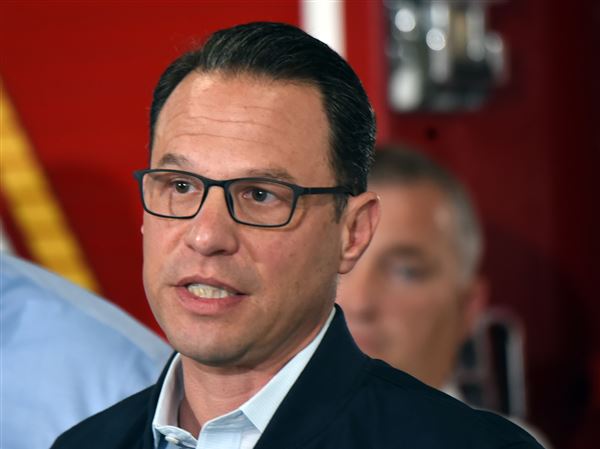The solar industry is helping America move “full speed ahead” toward a cleaner, more distributed energy system. That much Monica Martinez got correct in her Nov. 15 op-ed (“Solar Energy’s Dirty Secret,” Forum). However, contrary to her assertion, solar benefits all Americans, of all income levels.
As with any new technology, early adopters of solar tended to have higher incomes, and there has been evidence of what some have called a “green divide.” But as solar prices have plummeted by more than 50 percent over the last decade, multiple reports outline how rooftop solar systems are overwhelmingly adopted in middle-class neighborhoods with median incomes ranging from $40,000 to $90,000.
Though sometimes mischaracterized as a “subsidy,” the net metering policies under which most rooftop solar customers are billed is simply a compensation mechanism that recognizes that clean energy — produced near the site where it’s consumed and primarily during expensive peak hours — is more valuable than generic “brown” power. In fact, when care is taken to do the math correctly, it’s clear that in most states, solar customers pay all or more of their fair share of utility costs.
And for customers who haven’t been able to go solar themselves, statewide low-income solar initiatives, solar leasing programs and community solar projects broaden access to solar.
Solar is for everyone. And in order for all energy users to have, as Ms. Martinez says, “their day in the sun,” states need to maintain smart public policies, like net metering.
SEAN GALLAGHER
Vice President of State Affairs
Solar Energy Industries Association
Washington, D.C.
First Published: November 24, 2015, 5:00 a.m.














